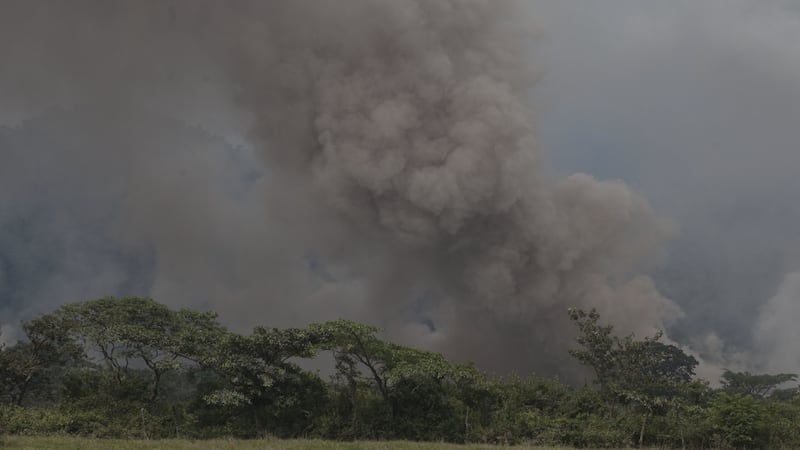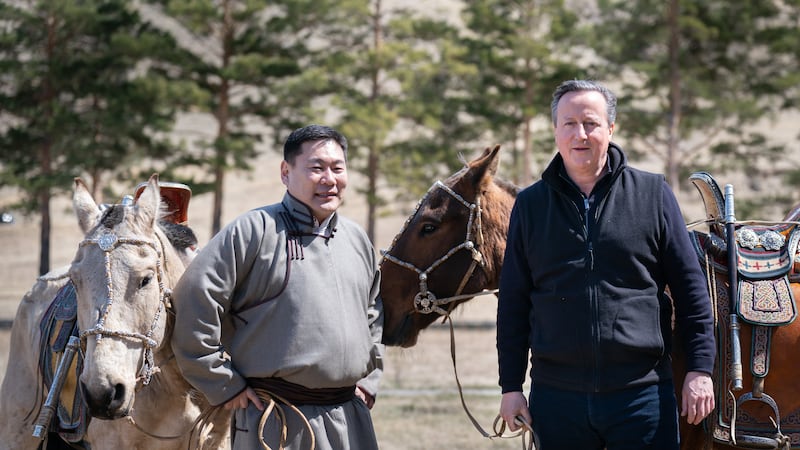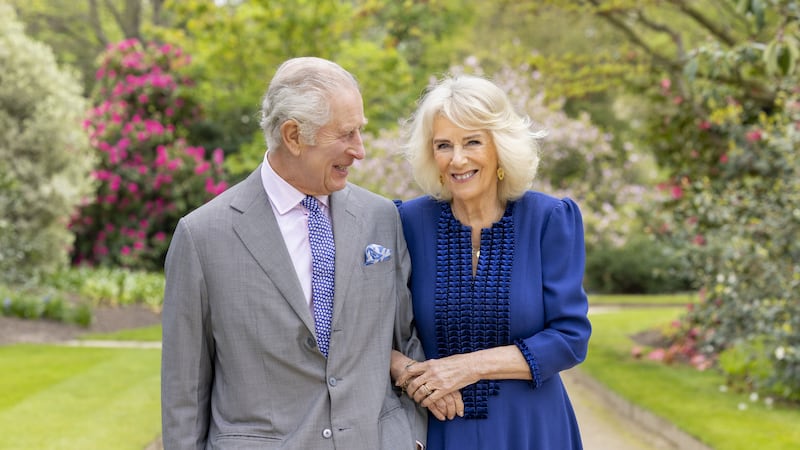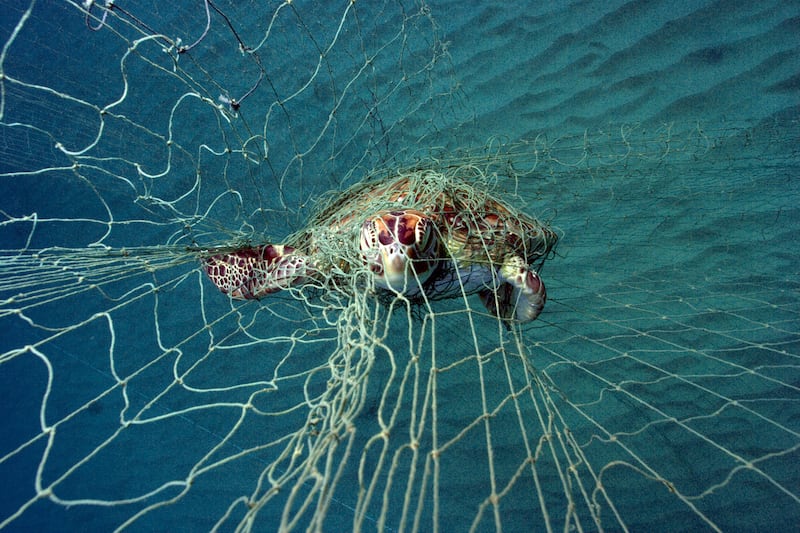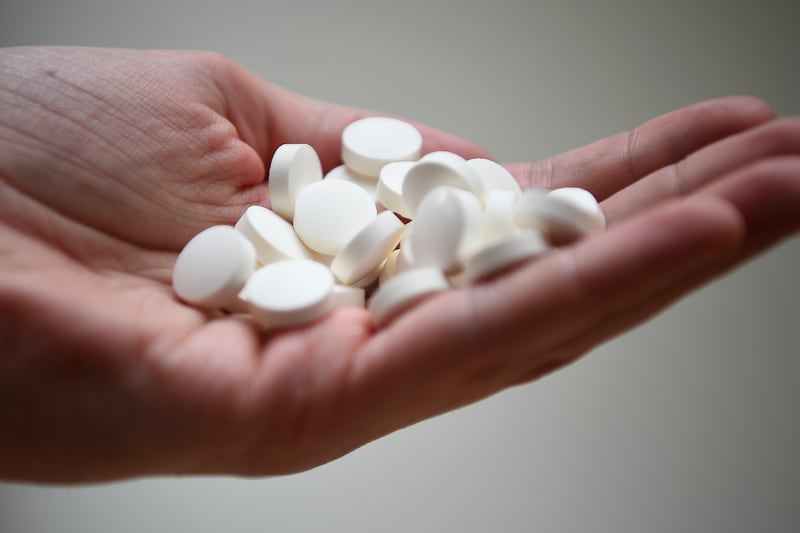The eruption of Guatemala’s Volcan de Fuego – Volcano of Fire – may have been one of the biggest in 500 years, according to a volcanologist.
The explosion on June 3 and its aftermath have claimed the lives of more than 75 people with at least 192 more still missing. Rescue efforts were disrupted by a new eruption on Tuesday.
“Fuego is a very active volcano,” said Dr Ralf Gertisser from Keele University, explaining Fuego has been continuously erupting since at least 2002.
“The population has been used to these previous small eruptions. Everything was largely restricted to the summit of the volcano but this bigger eruption has caught people by surprise.”
Just what happened?
The huge eruption, or explosion, sent a plume of volcanic material – volanic rock, ash and gas – up to 10km into the atmosphere creating a huge column.
Either gas-rich magma forced its way through the volcano’s internal plumbing or there was a blockage of the volcanic conduit. Any blockage would have increased the gas pressure inside the volcano causing the explosion.
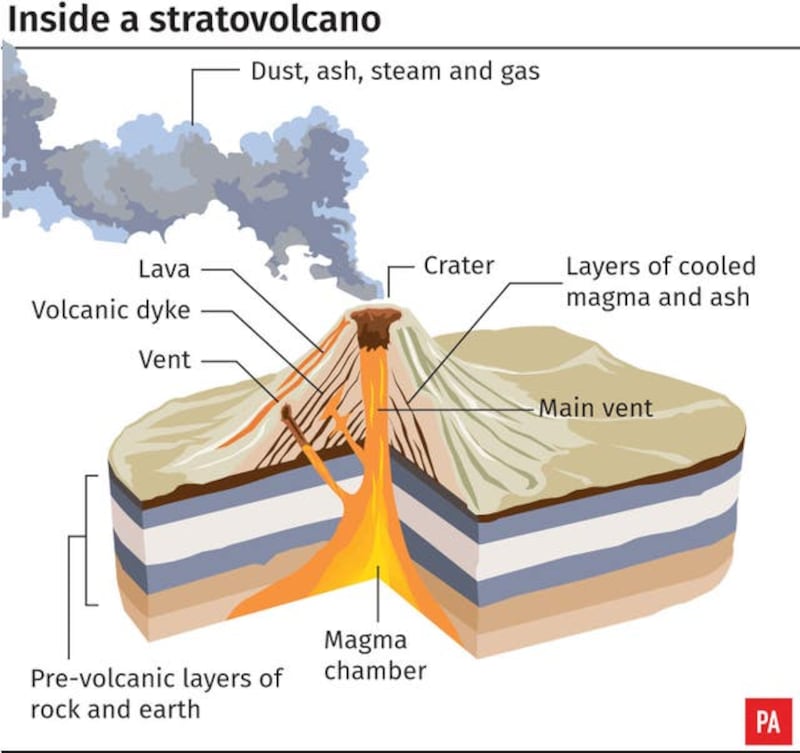
The resulting column collapsed back on the top of the volcano almost immediately, with ash lingering in the air.
What made it so deadly?
As the column collapsed, all the volcanic matter which had been ejected ran down the flanks of the volcano, something that is known as a pyroclastic flow.
Moving at more than 100km/hour and at temperatures of several hundred degrees Celicus, the flow destroyed anything in its way, running down the river valleys and into populated areas.
“You can’t run away from it,” said Dr Gertisser. “There was not much time between the explosion and the eruption column collapsing. It collapsed almost immediately.
“The pyroclastic flow will knock down trees, strip houses from basements, toss cars around. It’s highly destructive. It’s the deadliest and most destructive volcanic phenomenon we know.”
What might happen next?
While there remain worries that the volcano will explode again, another concern is rain fall.
It will dislodge the new, loose volcanic material and create volcanic mudflows.
Why does this volcano look so different from the eruptions in Hawaii?
“Red” volcanoes, like Kilauea in Hawaii, are not as dangerous. The magma bubbles up and out rather than explodes. The “grey” volcanoes, like Fuego, can be more deadly.
The different types of volcanoes occur in different geological settings.
Kilauea is squatter and contains a less gaseous magma. Eruptions have minimal risk to life and the flowing lava moves much slower. Any vertical eruptions are typically caused by the magma touching groundwater.
Fuego is on an active continental margin.
Are volcanoes common in this part of the world?
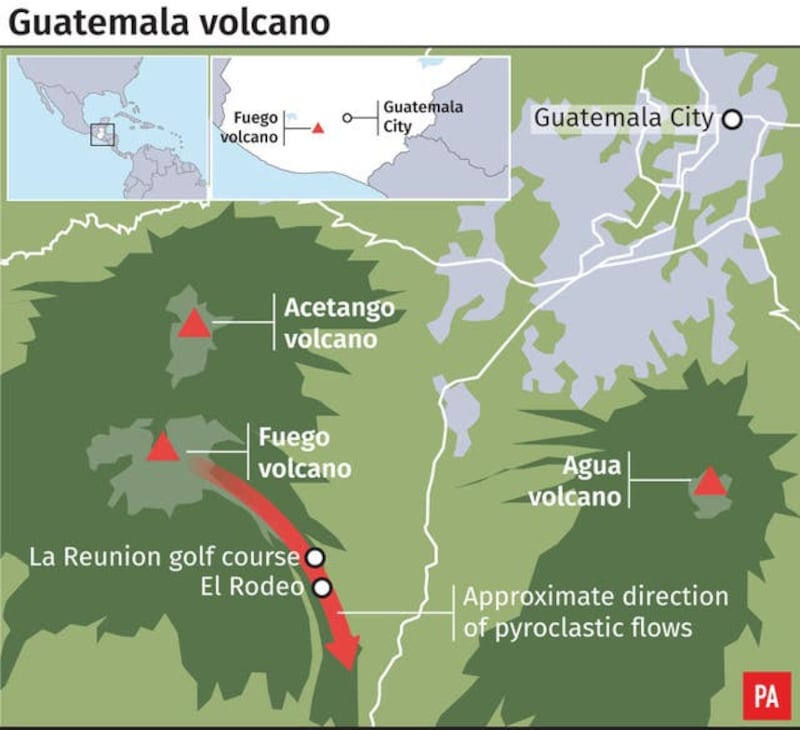
There are 11 active volcanoes in Guatemala and Fuego is big – one of the tallest in the world at 3,763 metres (12,346 feet) above sea level.
Volcanoes like this one get bigger the more they erupt as lava and ash build up to create the mountainous shape with steep sides, known as a stratovolcano. Given its size it’s no surprise it’s one of the most active volcanoes in the country.
Guatemala sits on the so-called Pacific Ring of Fire, a horseshoe of volcanoes which stretches from Indonesia to Central and South America and covers New Zealand, the Western Coast of the US and Japan. It includes about three-quarters of the world’s active volcanoes.
